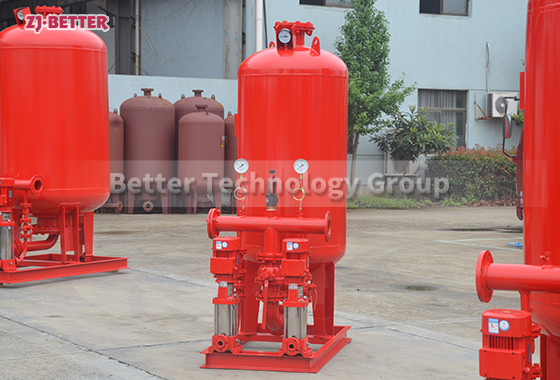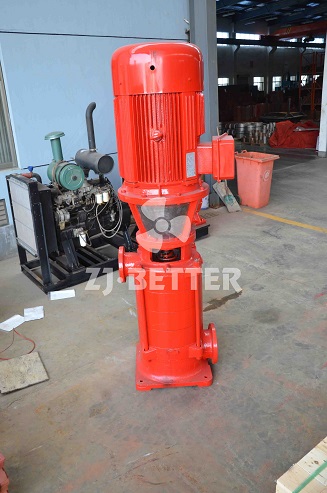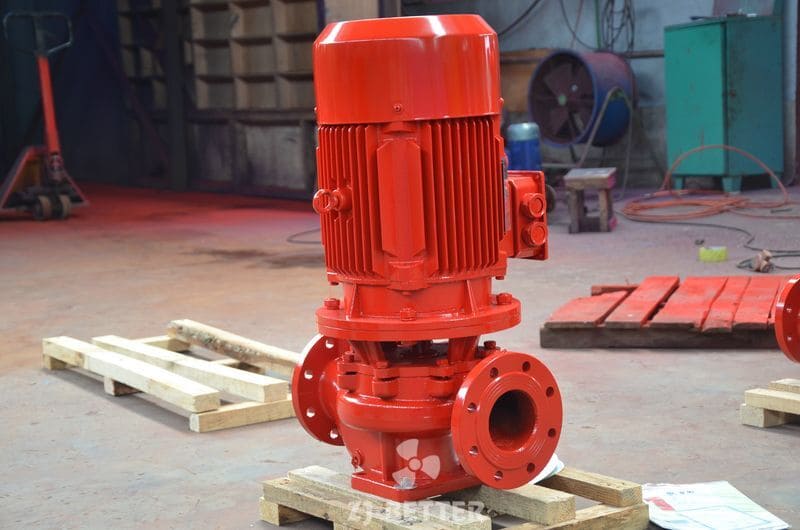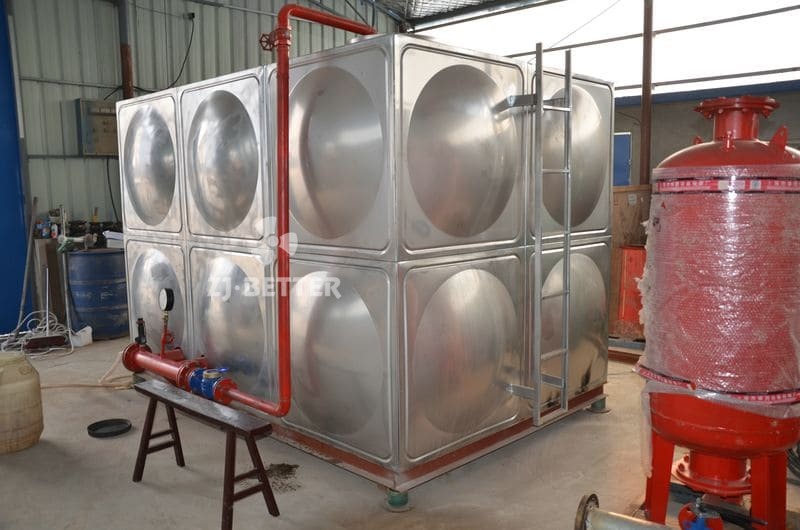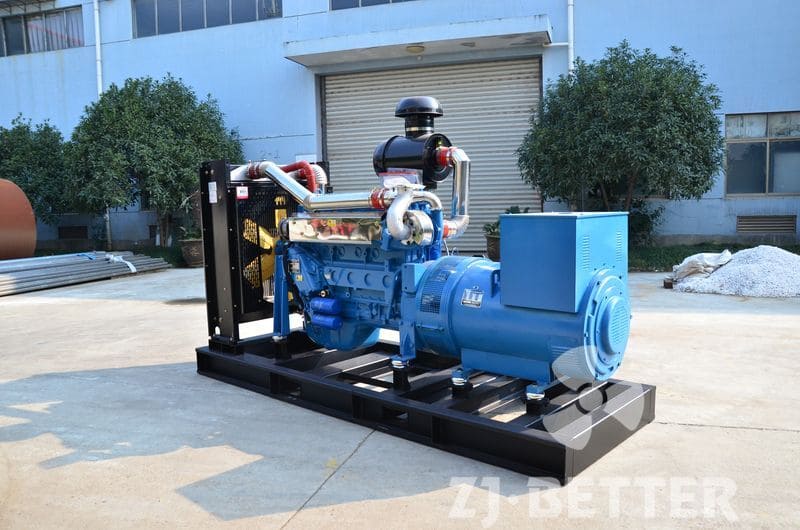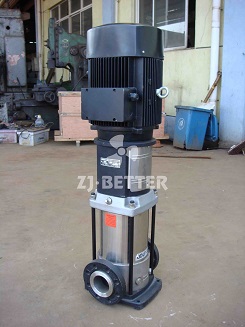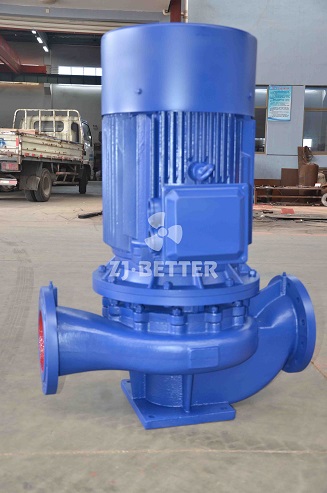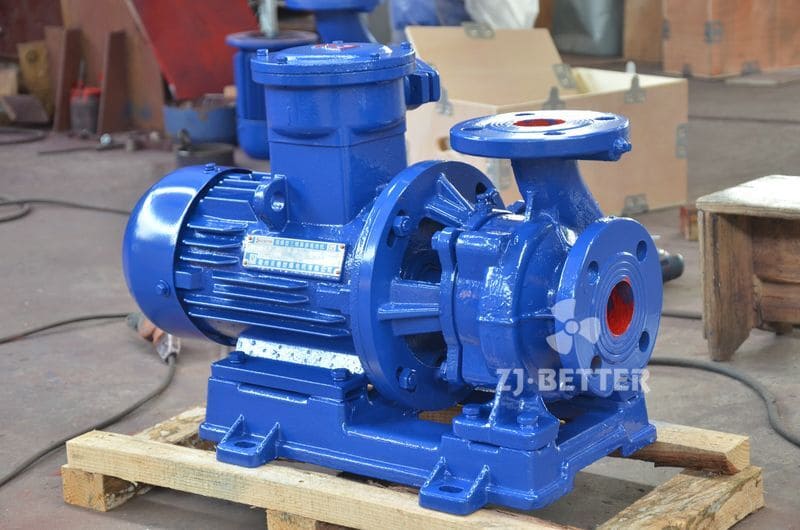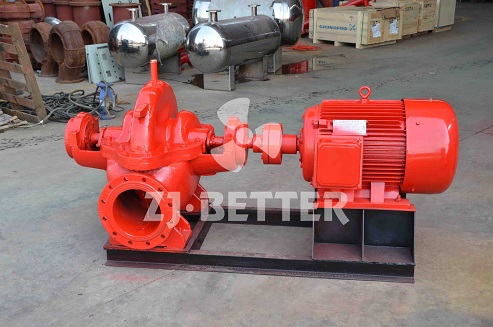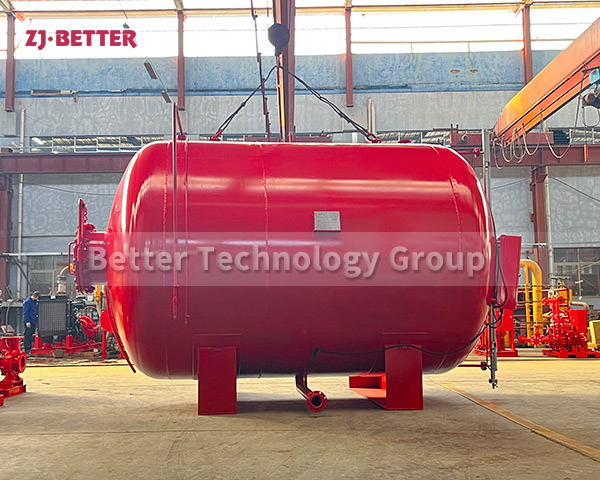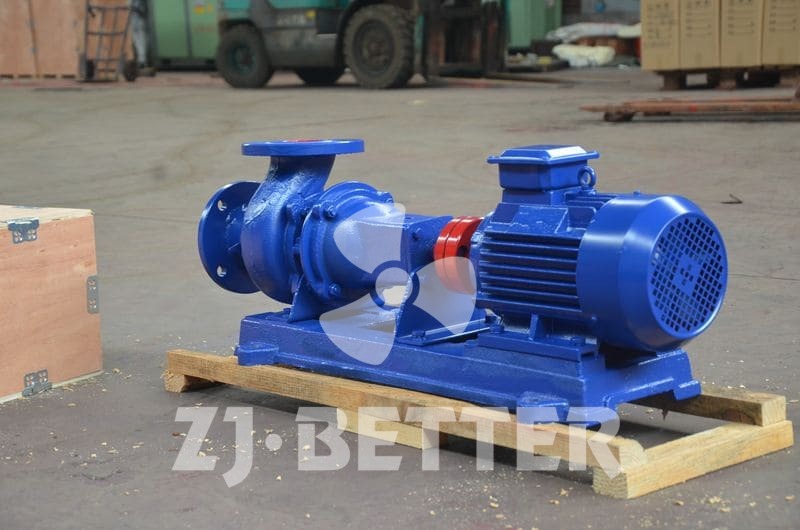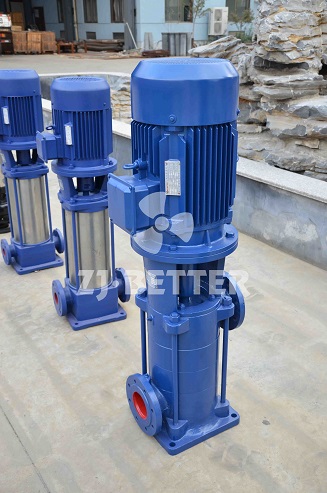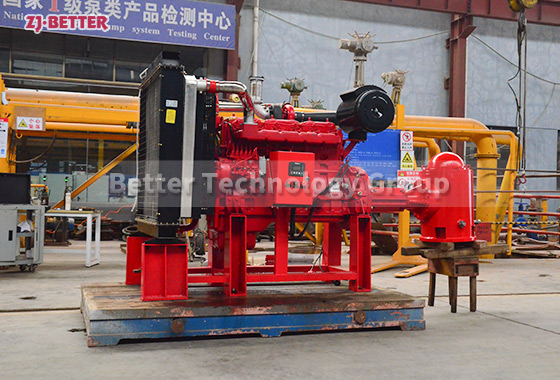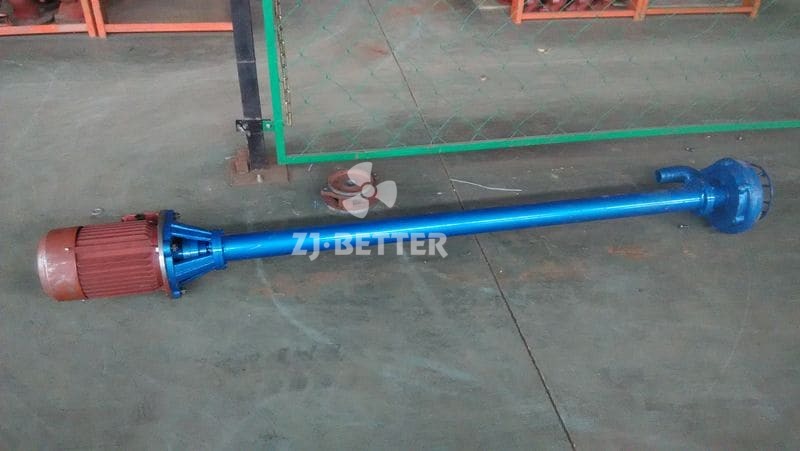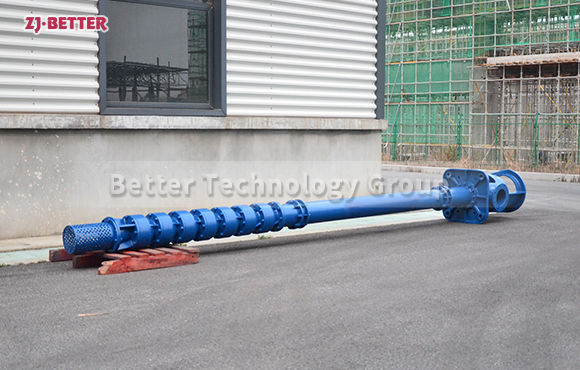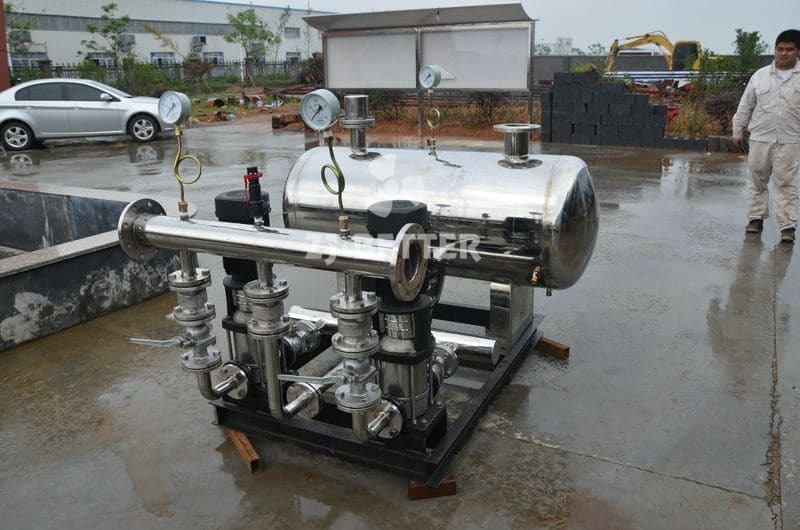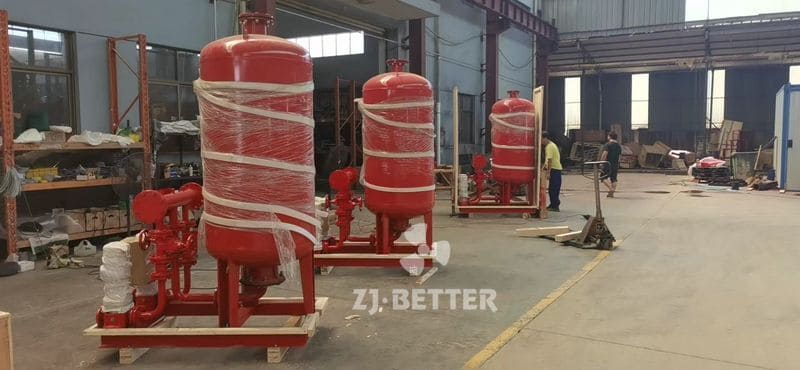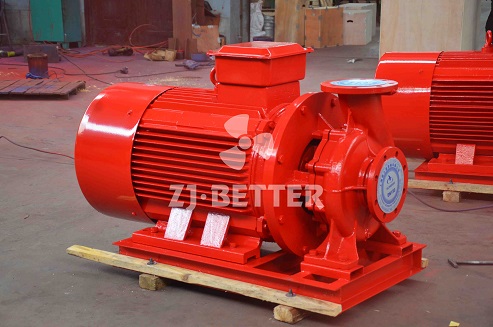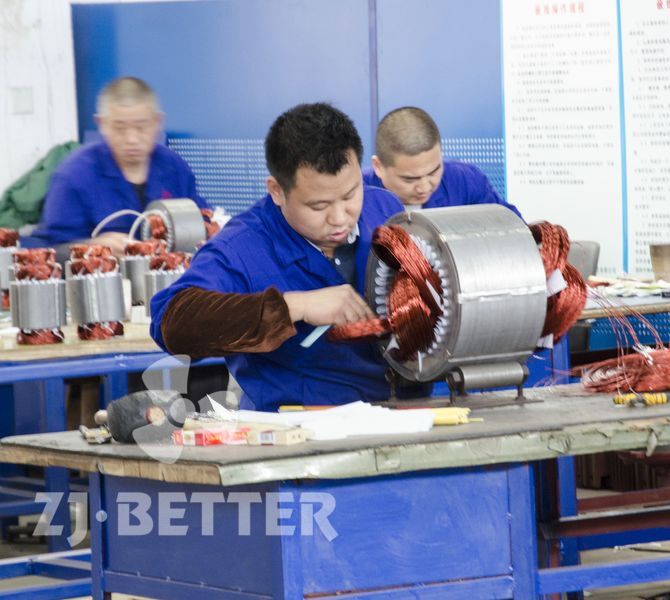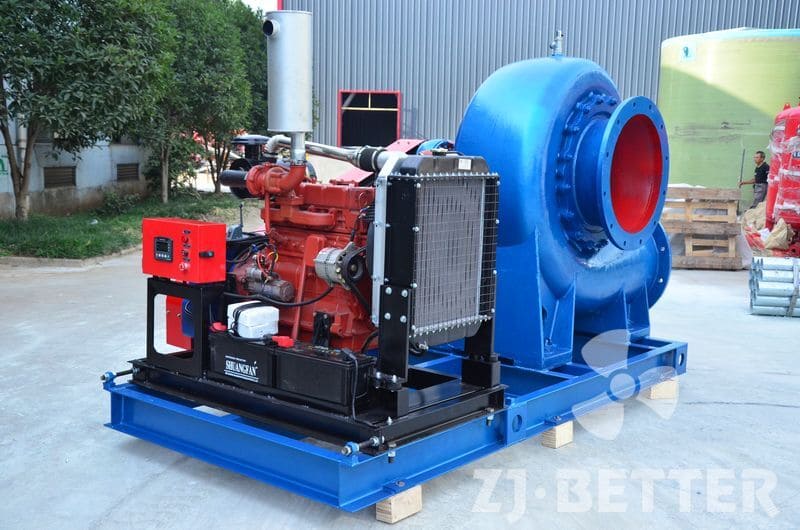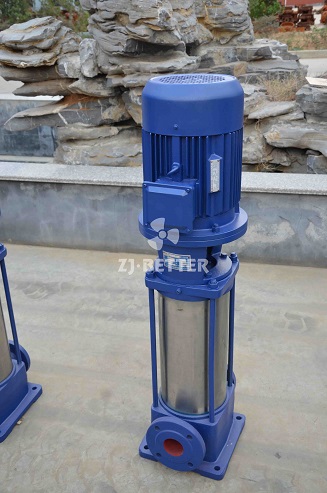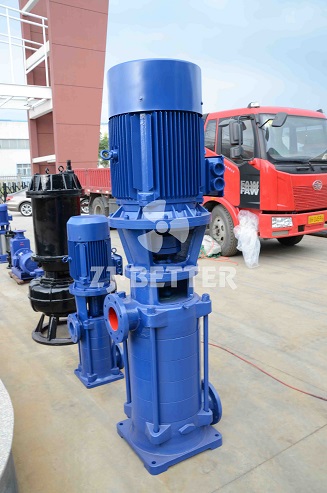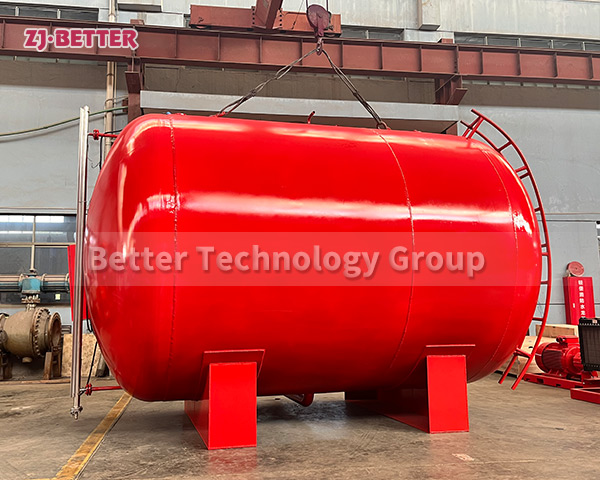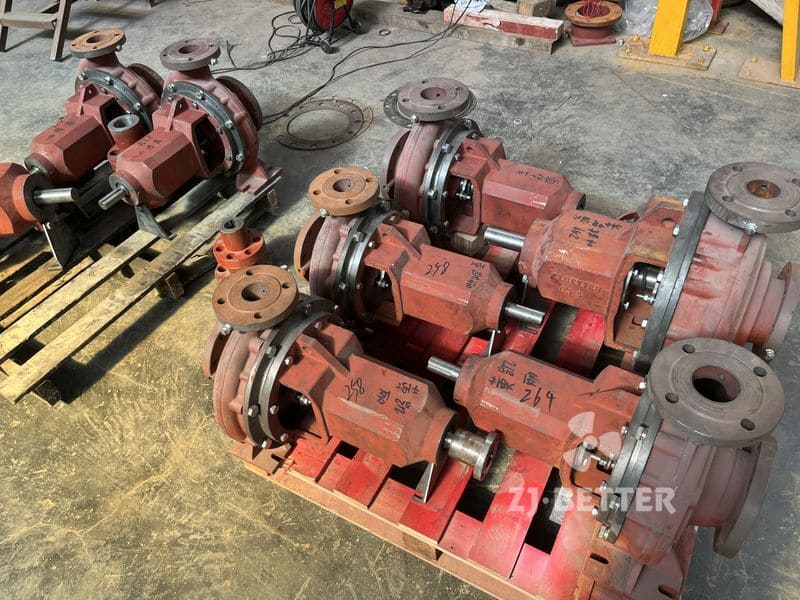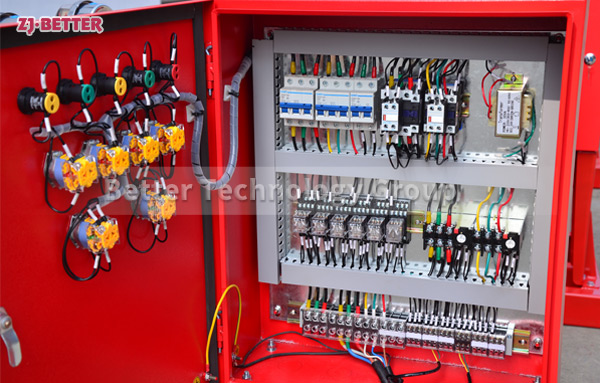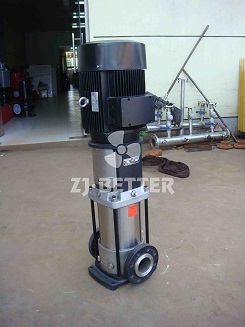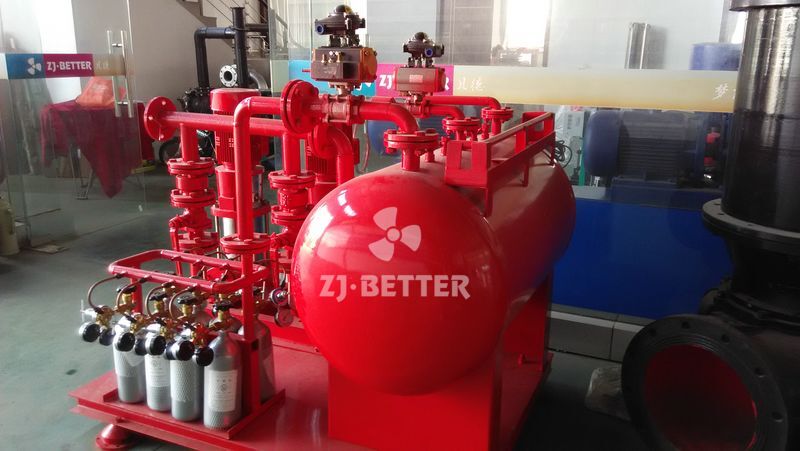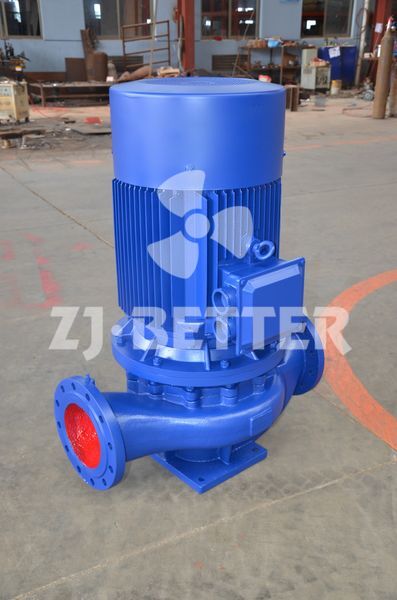How to Select the Right Vertical Fire Pump for Your Engineering Needs: A Complete Structural and Performance Guide
Discover how to select the right vertical fire pump for your project, with insights on structure, performance, installation, and UL/FM/CE certifications for reliable fire safety.
In modern building fire protection systems, the vertical fire pump is a core component for high-efficiency water supply. It is widely applied in high-rise buildings, commercial complexes, industrial facilities, and municipal infrastructures. Due to its compact structure, small footprint, and excellent hydraulic performance, the vertical fire pump has become an indispensable part of fire suppression systems. However, when facing various engineering environments and system demands, scientific selection and comprehensive evaluation of structure and performance are essential to ensure safe and reliable operation.
The vertical fire pump typically features a coaxial direct-coupling design between the motor and the pump body. This design significantly reduces mechanical losses and improves energy efficiency. It ensures stable operation, reduces maintenance requirements, and extends the equipment’s service life. With its space-saving design and easy installation, it is ideal for projects with limited pump room space or those requiring wall-mounted configurations.
Regarding materials, the pump body can be made from cast iron, stainless steel, or bronze, depending on the medium type (clean water or slightly contaminated water) and operating frequency. This selection ensures corrosion resistance and long-term mechanical strength. The impeller type is also critical—closed impellers work well with clean water, while semi-open impellers perform better with slightly impure fluids, enhancing adaptability.
From a performance standpoint, head, flow rate, and efficiency are key selection factors. Vertical pumps can be configured with multi-stage impellers or variable frequency drives to precisely meet system pressure requirements. Moreover, it’s important to consider startup frequency, voltage stability, and compatibility with sprinkler and hydrant systems to ensure quick response and maximum performance during emergencies.
In terms of certifications, high-quality vertical fire pumps often meet international standards such as ISO, CE, UL, and FM. Compliance with NFPA or local fire codes ensures that the equipment is accepted for use in fire protection systems across different global markets.
In conclusion, selecting the right vertical fire pump involves evaluating its structural design, material quality, and performance parameters, while aligning with the actual engineering application and system integration requirements. A scientifically chosen vertical pump is key to ensuring reliable fire protection and operational stability.




